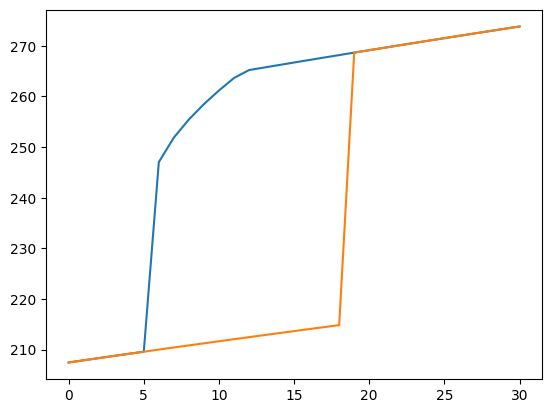The Ice Albedo feedback is a negative feedback, meaning that it acts as a stabilizer in the global climate system. It is also one of the most important feedbacks to understand when talking about climate change because its impact is heavily dependent on the rate of ice-melt into the sea.
About The Feedback
The term Ice-Albedo feedback describes the idea that the presence of ice on the earth’s surface increases the earth’s overall albedo (α) thereby decreasing the amount of heat the earth absorbs from the sun.
Ice is white, which means that it reflects all visible light (white is the color our brain produces when it is seeing large amounts of red, green, and blue). However, there is light that is outside of this spectrum that is able to carry heat to the earth as well (energy travels from the sun to the earth in the form of light rays). These non-visible rays of light are called UV rays. It turns out that ice is good at reflecting these as well! Ice can, therefore, reflect the light off the earth before it gets absorbed and transferred into planet-warming heat!
The measure of how much light is reflected on the earth versus how much is absorbed is called the earth’s albedo. A higher albedo signifies a higher percentage of light reflected. Albedo has no units and is measured 0-1.
Why Model this feedback?
Ice melt is one of the most noticeable results of climate change, and the effects of the ice loss is more than just the disappearance of a few pretty glaciers. Along with losing the biggest reservoir of freshwater in the world (glaciers), humans will lose one of their biggest advocates in the fight against climate change. Not only does ice literally cool things down in the local climate, but in the global climate it serves as a stabilizing factor, which is easy to model using the Stefan-Boltzmann equation.
Modeling the Ice-Albedo also demonstrates how the same principle can work differently in different directions. Consider this graph of ice cover in relation to the amount of sun hitting the earth:

The y axis is the temperature of the earth (in kelvin). The x axis is 10% the change in the solar constant (L) from 1200 – more simply – the amount of sunlight hitting the earth.
The blue line (running from right to left) starts out with no ice cover and requires a significant decrease in sunlight hitting the earth for the line to take a quick dive downwards and the entire earth to become a snowball. There is only a small amount of L values where the earth is “slushy” rather than completely icy or completely liquid.
The orange line (running from left to right) starts out with a lot of ice, which self-perpetuates (as discussed). The higher albedo of this orange earth allows it to sustain a higher amount of sunlight before it loses any ice. However, as soon as some ice is lost the overall albedo shrinks and a rapid positive feedback loop occurs where the earth dramatically shifts from a snowball into an oceanic planet.
This graph shows how the ice-albedo feedback can sometimes be a positive feedback as well, and why sea ice loss is more important for climate change than some might think.
If you would like to learn more about how this graph was generated find out [here].